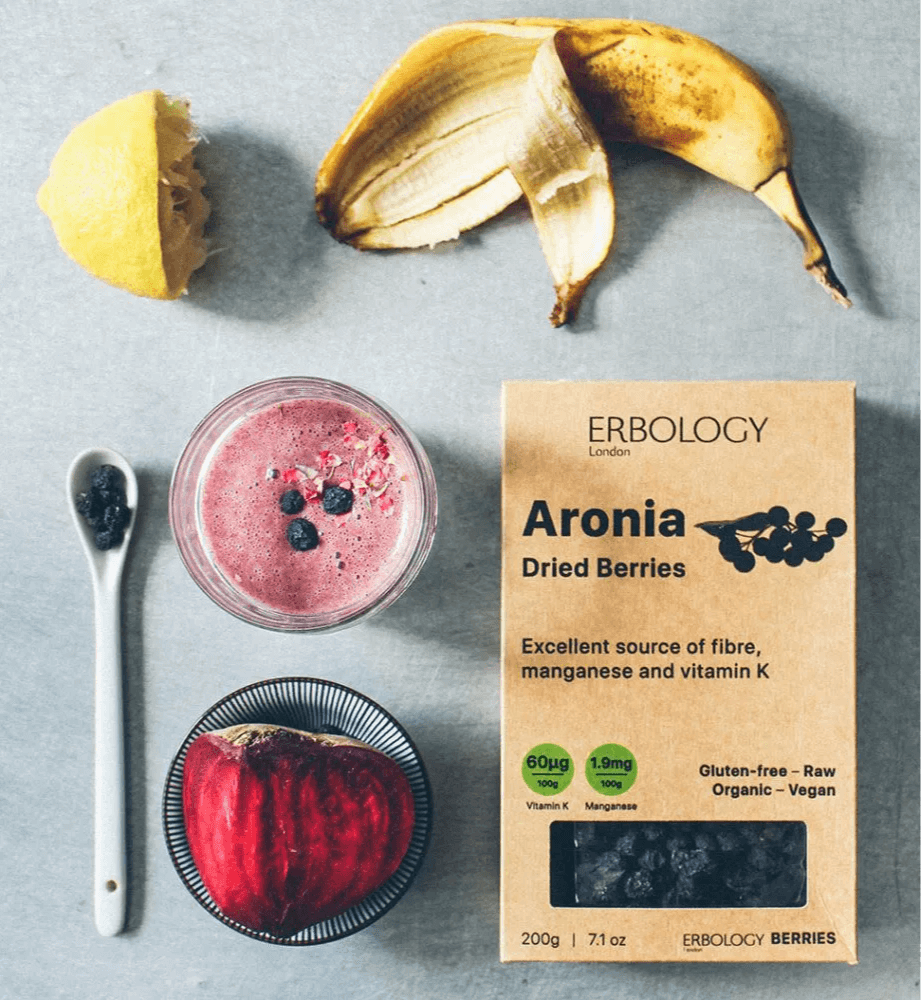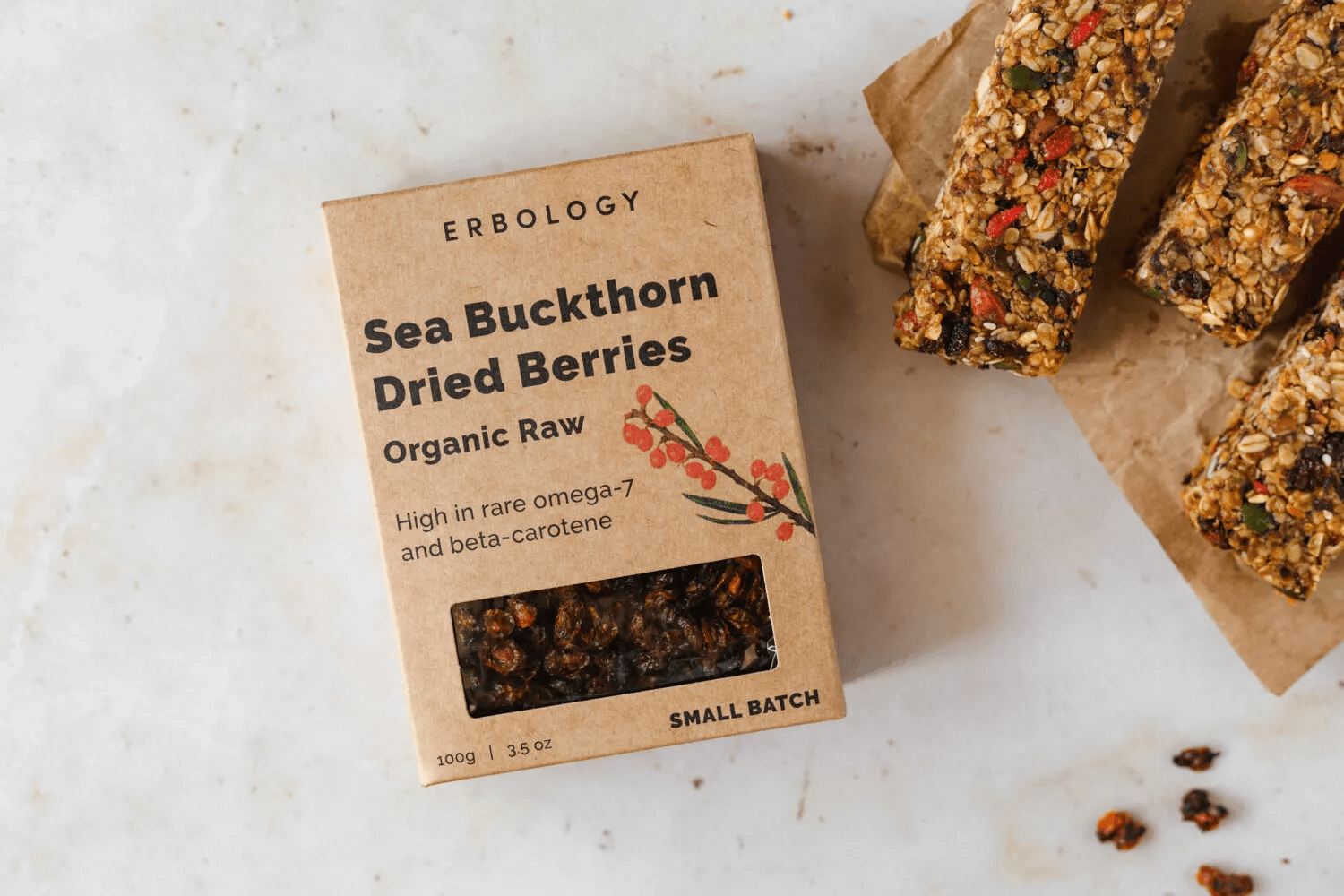21 Dec 2021
How to make vegan yoghurt
What actually is yoghurt?
Yoghurt, in the traditional sense, is dairy milk which has been fermented with specific types of bacteria. These sour and thicken the milk, creating the tangy, creamy yoghurt we know and love.
If you’re keen to make your own at home, you’ll need to mimic this process. You’ll also need to make some adjustments to accommodate for the non-dairy milk.
While the bacteria used to ferment yoghurt seem quite at home in non-dairy milks, you will need a bit of help to get the thick and creamy texture.
Luckily, we’ll cover all that below!
Where does yoghurt come from?
A quick-fire fact before we begin: the word ‘yoghurt’ comes from a Turkish word, ‘yoğurmak’, which means to coagulate or curdle.(1)
We’ve been eating yoghurt for anywhere up to an astonishing 12,000 years, and its health effects were noted as early as 6000 BC.
Historians attribute the discovery of yoghurt to tribesmen living in the Middle East. They had domesticated cattle and were consuming dairy, but faced the problem that milk sours very quickly. Thus, they needed a way to store it and help it stay edible for longer.
They solved this problem in an extremely practical - if not at all aesthetically pleasing - way: by storing milk in animal gut bags.
The intestinal juices caused the milk to curdle and thicken, and they discovered that they quite enjoyed eating it. Plus, it made the milk last much longer.(1)
To be sure, it’s an impressive demonstration of early food science. But we’re very pleased that yoghurt is no longer made in animal gut bags.
How is commercial yoghurt made?
Nowadays, yoghurt is made at an industrial scale. To understand how to make our own vegan yoghurt at home, we need to learn a bit about the process we’re aiming to mimic.
First, the producers start with pasteurised milk. It’s very important to pasteurise the milk before making yoghurt because raw milk can contain strains of harmful bacteria.
These include Listeria which can cause food poisoning and is particularly dangerous for pregnant women. As such, if you are pregnant you should avoid any raw milk or yoghurt products. Typically these are only found at non-commercial outlets such as farmers’ markets.
Next, the producers inoculate the milk with friendly bacteria strains. The bacteria involved in making yoghurt are called Lactobacillus delbrueckii subsp bulgaricus and Streptococcus thermophilus. They work to break down the sugars in the milk into lactic acid (think: tangy) and coagulate the proteins in the milk to make it creamy.(2)
Why is yoghurt good for you?
In some brands of commercial yoghurt, after the fermentation process is complete the yoghurt is heat-treated (pasteurised) to kill all the bacteria off again.
However certain types of yoghurt are well-known for having lots of benefits for your health thanks to these health-promoting bacteria. These are called ‘live’ or ‘bio’ yoghurts. While they are still made from pasteurised milk, they contain live friendly bacteria when you eat them.
It’s perfectly safe to eat live yoghurt as the type and quantity of bacteria present are carefully controlled. What’s more, these two strains of bacteria may contribute to good gut health as they are probiotics.
This means that they may reach your gut alive and help your microbiome to flourish.(3)
However, that’s not all yoghurt has to offer. The original dairy version is full of protein and calcium, too.
So, how do you make a vegan version of yoghurt at home, using natural ingredients, but keeping all of those gut health benefits?
Related reading

